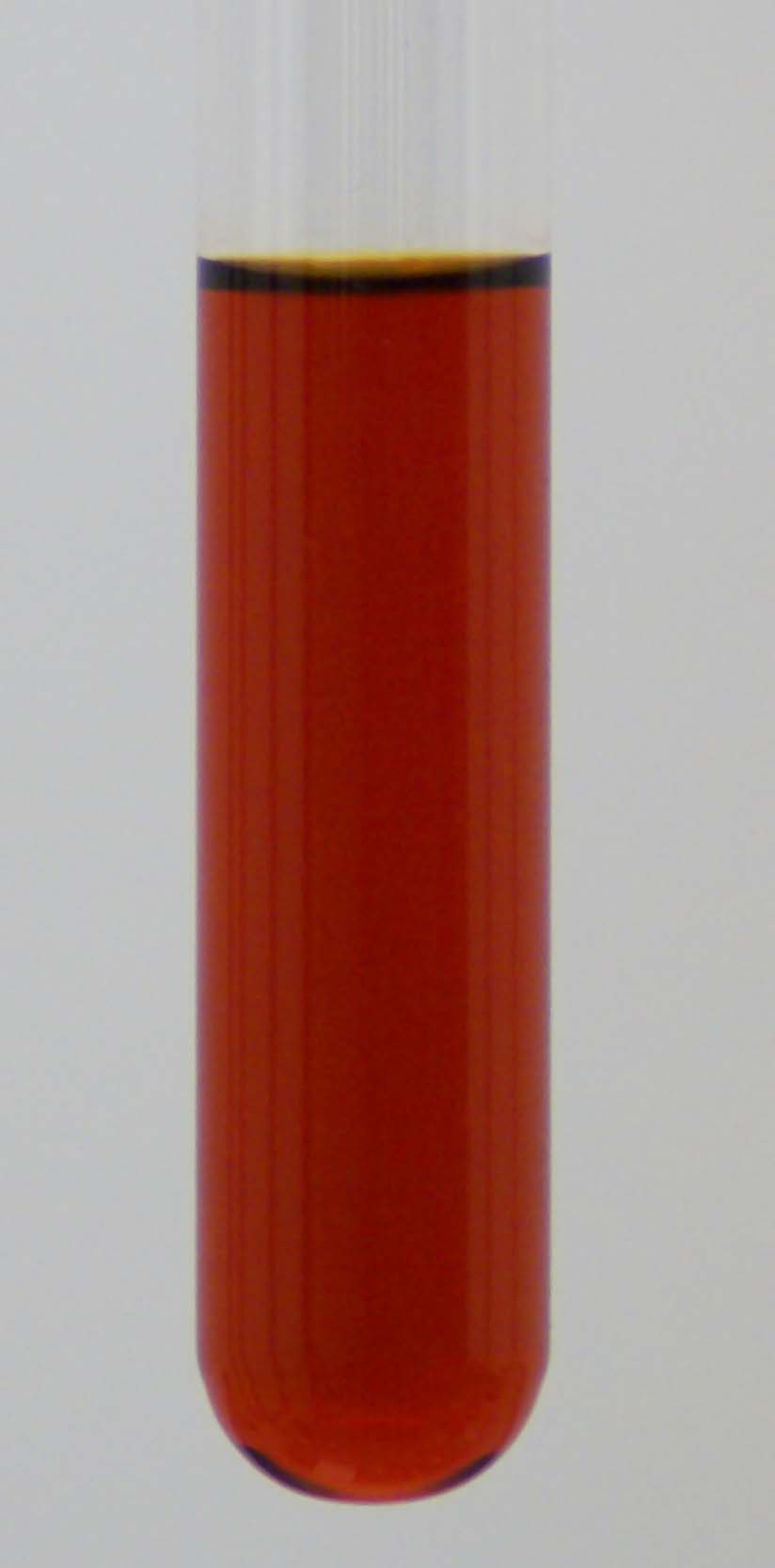|
╬┤-Carotene
╬┤-Carotene (''delta''-carotene) or ╬Ą,Žł-carotene is a form of carotene with an ╬Ą-ring at one end, and the other uncyclized, labelled Žł (psi). It is an intermediate synthesis product in some photosynthetic plants between lycopene Lycopene is an organic compound classified as a tetraterpene and a carotene. Lycopene (from the Neo-Latin '' Lycopersicon'', the name of a former tomato genus) is a bright red carotenoid hydrocarbon found in tomatoes and other red fruits and ve ... and ╬▒-carotene (╬▓,╬Ą-carotene) or ╬Ą-carotene (╬Ą,╬Ą-carotene). ╬┤-Carotene is fat soluble. Delta-carotene contains an alpha-ionone instead of a beta-ionone ring; this conversion is carried out by the gene ''Del'' which shifts the position of the double bond in the ring structure. The formation delta-carotene under the presence of the ''Del'' gene is sensitive to high temperatures. References Carotenoids Tetraterpenes Cyclohexenes {{Biochem-stub ... [...More Info...] [...Related Items...] OR: [Wikipedia] [Google] [Baidu] [Amazon] |
Carotenoids
Carotenoids () are yellow, orange, and red organic compound, organic pigments that are produced by plants and algae, as well as several bacteria, archaea, and Fungus, fungi. Carotenoids give the characteristic color to pumpkins, carrots, parsnips, maize, corn, tomatoes, Domestic Canary, canaries, flamingos, salmon, lobster, shrimp, and daffodils. Over 1,100 identified carotenoids can be further categorized into two classes xanthophylls (which contain oxygen) and carotenes (which are purely hydrocarbons and contain no oxygen). All are derivative (chemistry), derivatives of tetraterpenes, meaning that they are produced from 8 isoprene units and contain 40 carbon atoms. In general, carotenoids absorb wavelengths ranging from 400 to 550 nanometers (violet to green light). This causes the compounds to be deeply colored yellow, orange, or red. Carotenoids are the dominant pigment in autumn leaf coloration of about 15-30% of tree species, but many plant colors, especially reds and purpl ... [...More Info...] [...Related Items...] OR: [Wikipedia] [Google] [Baidu] [Amazon] |
Carotene
The term carotene (also carotin, from the Latin ''carota'', "carrot") is used for many related unsaturated hydrocarbon substances having the formula C40Hx, which are synthesized by plants but in general cannot be made by animals (with the exception of some aphids and spider mites which acquired the synthesizing genes from fungi). Carotenes are photosynthetic pigments important for photosynthesis. Carotenes contain no oxygen atoms. They absorb ultraviolet, violet, and blue light and scatter orange or red light, and yellow light(in low concentrations). Carotenes are responsible for the orange colour of the carrot, after which this class of chemicals is named, and for the colours of many other fruits, vegetables and fungi (for example, sweet potatoes, chanterelle and orange cantaloupe melon). Carotenes are also responsible for the orange (but not all of the yellow) colours in dry foliage. They also (in lower concentrations) impart the yellow coloration to milk-fat and butter. ... [...More Info...] [...Related Items...] OR: [Wikipedia] [Google] [Baidu] [Amazon] |
Cyclic Compound
A cyclic compound (or ring compound) is a term for a compound in the field of chemistry in which one or more series of atoms in the compound is connected to form a ring. Rings may vary in size from three to many atoms, and include examples where all the atoms are carbon (i.e., are carbocycles), none of the atoms are carbon (inorganic cyclic compounds), or where both carbon and non-carbon atoms are present ( heterocyclic compounds with rings containing both carbon and non-carbon). Depending on the ring size, the bond order of the individual links between ring atoms, and their arrangements within the rings, carbocyclic and heterocyclic compounds may be aromatic or non-aromatic; in the latter case, they may vary from being fully saturated to having varying numbers of multiple bonds between the ring atoms. Because of the tremendous diversity allowed, in combination, by the valences of common atoms and their ability to form rings, the number of possible cyclic structures, even of ... [...More Info...] [...Related Items...] OR: [Wikipedia] [Google] [Baidu] [Amazon] |
Psi (letter)
Psi (uppercase , lowercase or ; ''psi'' ) is the twenty-third and penultimate letter of the Greek alphabet and is associated with a Greek numerals, numeric value of 700. In both Classical Greek, Classical and Modern Greek, the letter indicates the combination (as in English word ":wikt:lapse, lapse"). For Greek loanwords in Latin and modern languages with Latin alphabets, psi is usually transliterated as "ps". The letter's origin is uncertain. It may or may not derive from the Phoenician alphabet. It appears in the 7th century BC, expressing in the Eastern alphabets, but in the Western Greek alphabet, Western alphabets (the sound expressed by ╬¦ in the Eastern alphabets). In writing, the early letter appears in an angular shape (). There were early graphical variants that omitted the stem ("chickenfoot-shaped psi" as: or ). The Western letter (expressing , later ) was adopted into the Old Italic alphabets, and its shape is also continued into the Algiz rune of the ... [...More Info...] [...Related Items...] OR: [Wikipedia] [Google] [Baidu] [Amazon] |
Lycopene
Lycopene is an organic compound classified as a tetraterpene and a carotene. Lycopene (from the Neo-Latin '' Lycopersicon'', the name of a former tomato genus) is a bright red carotenoid hydrocarbon found in tomatoes and other red fruits and vegetables. Occurrence Aside from tomatoes or tomato products like ketchup, it is found in watermelons, grapefruits, red guavas, and baked beans. It has no vitamin A activity. In plants, algae, and other photosynthetic organisms, lycopene is an intermediate in the biosynthesis of many carotenoids, including beta-carotene, which is responsible for yellow, orange, or red pigmentation, photosynthesis, and photoprotection. Like all carotenoids, lycopene is a tetraterpene. It is soluble in fat, but insoluble in water. Eleven conjugated double bonds give lycopene its deep red color. Owing to the strong color, lycopene is used as a food coloring (registered as E160d) and is approved for use in the US, Australia and New Zealand (register ... [...More Info...] [...Related Items...] OR: [Wikipedia] [Google] [Baidu] [Amazon] |


